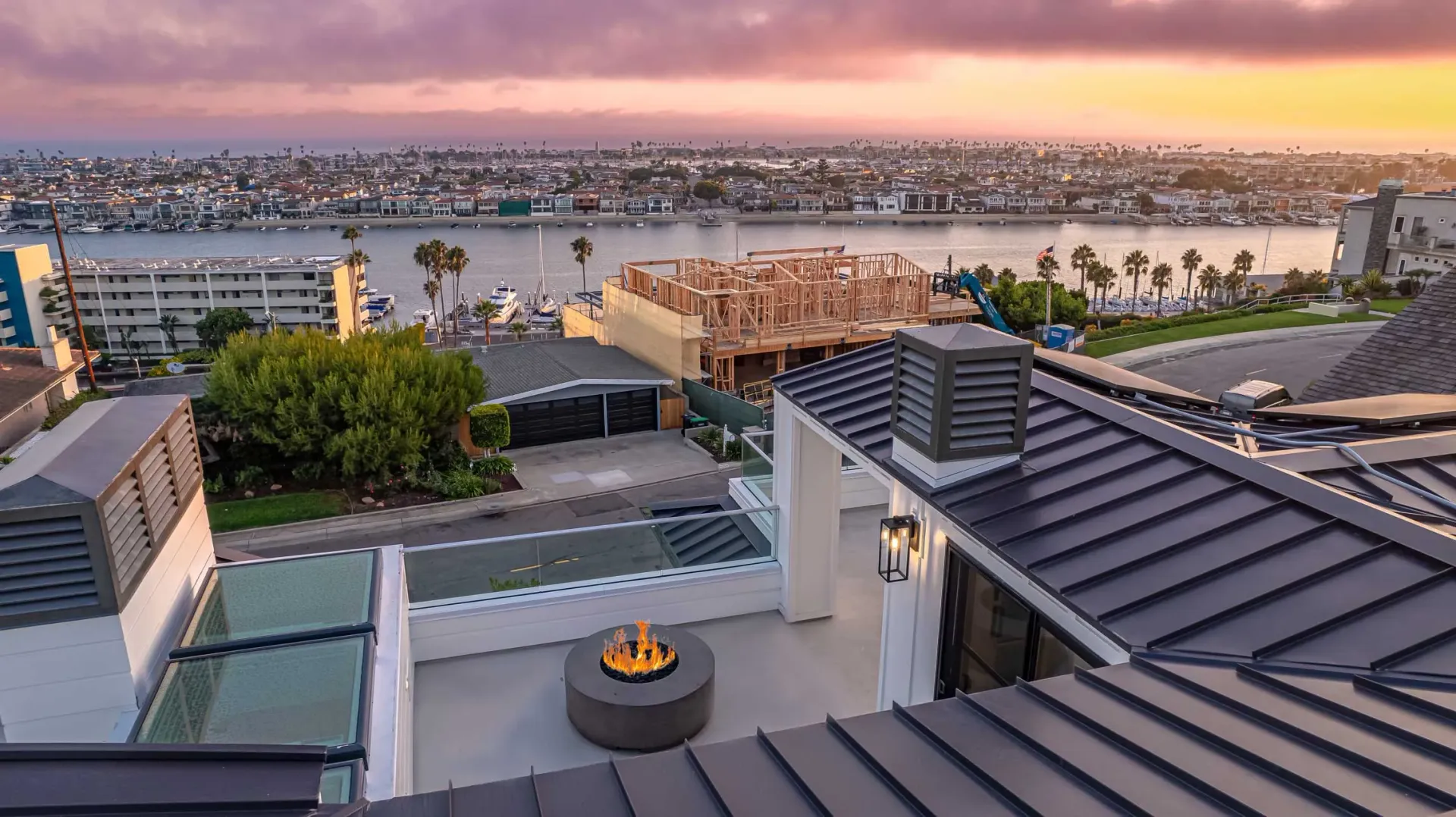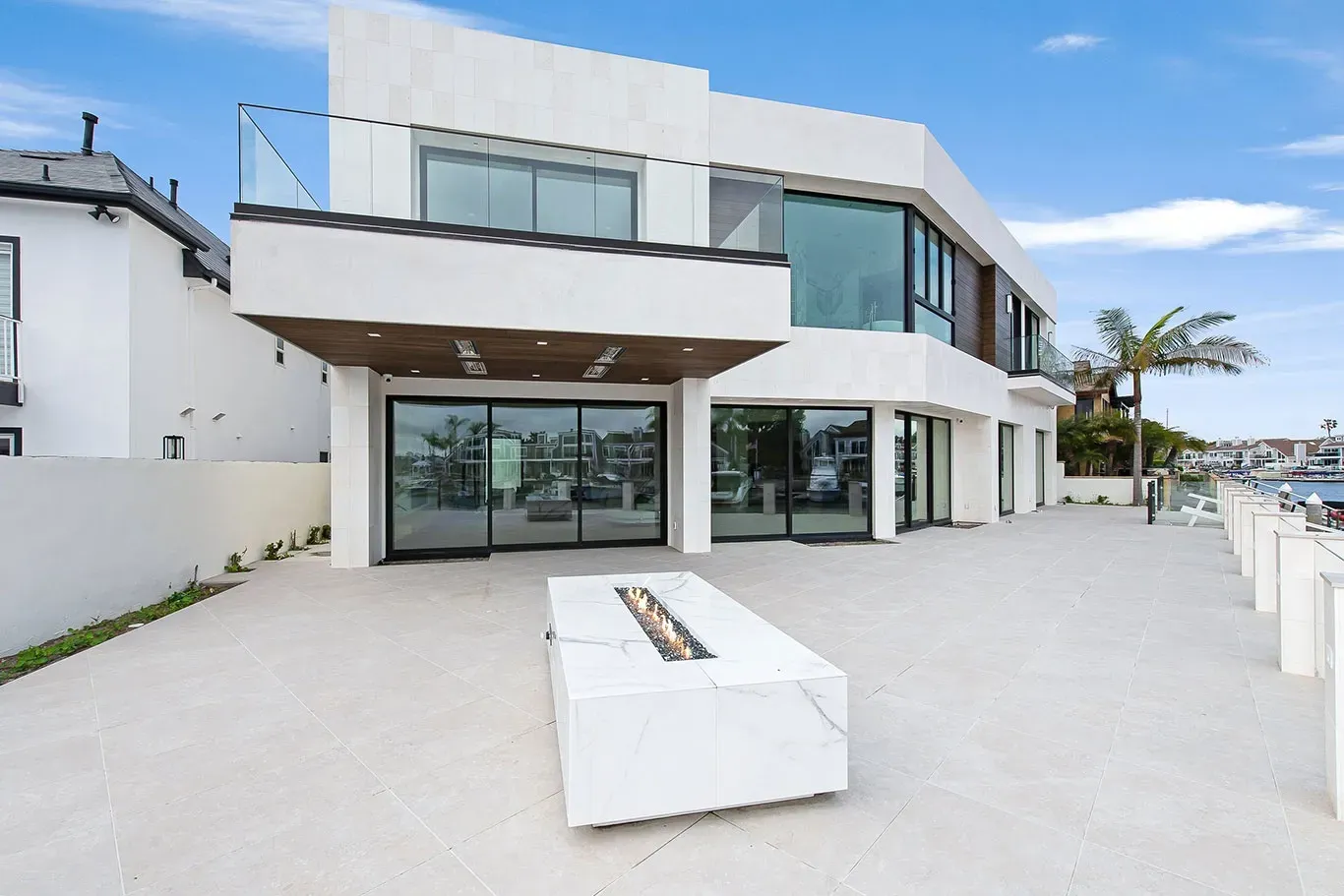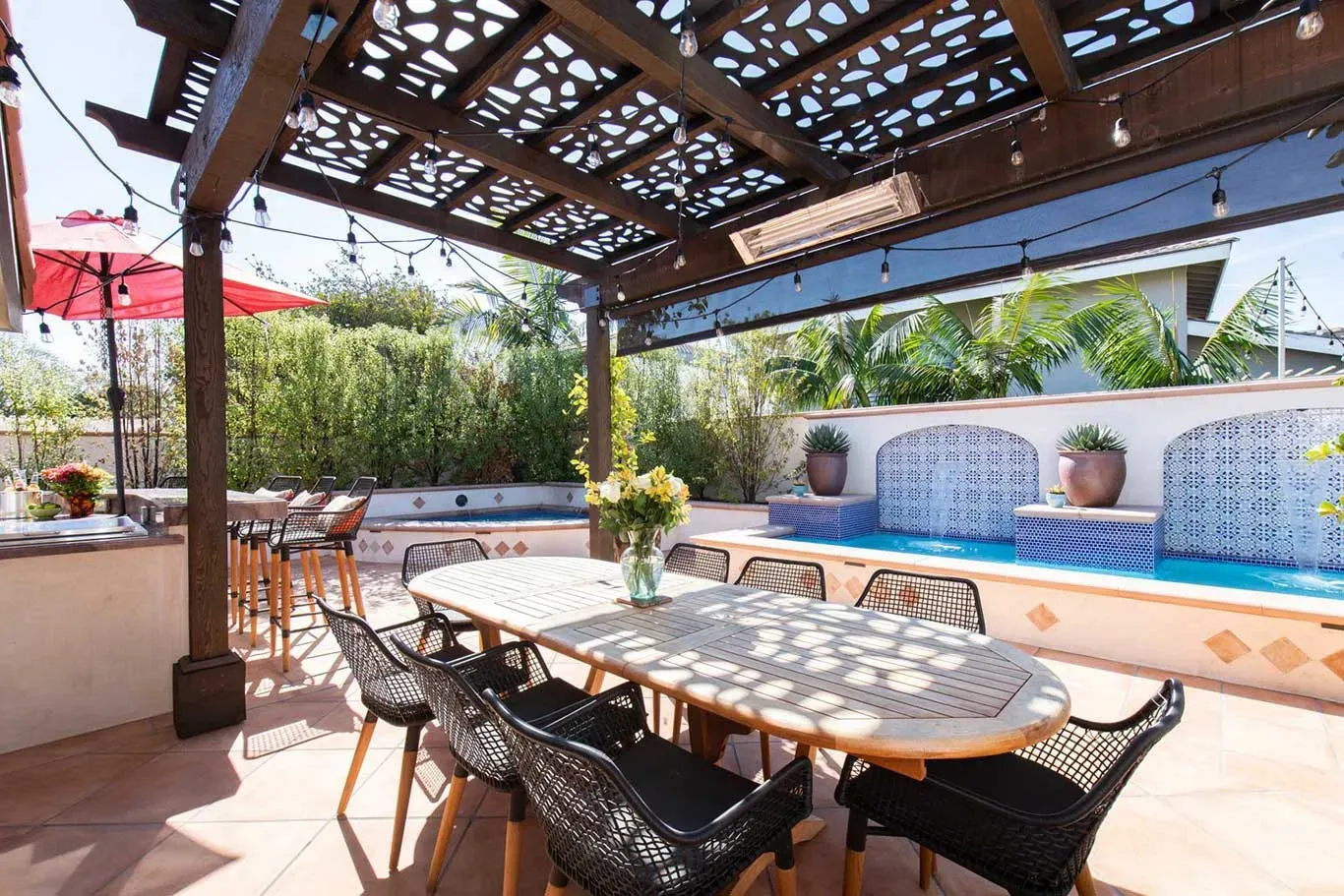Top 7 Mistakes to Avoid When Remodeling Your Coastal Home
Planning a Coastal Remodel? Start Here
Living near the ocean comes with unmatched beauty and lifestyle perks—but it also brings unique challenges when it comes to remodeling. Whether you're upgrading a beach cottage in Newport Beach or modernizing your Huntington Harbour home, overlooking key coastal considerations can turn a dream project into a money pit.
At RJ Murphy Construction, we’ve been remodeling coastal homes for over 30 years. Here are the top 7 mistakes we help our clients avoid.

1. Ignoring Coastal Building Codes and Zoning Regulations
Many coastal homeowners are surprised to learn that their property falls under the California Coastal Commission's jurisdiction. If you're within the coastal zone, you may need additional approvals, stricter setback compliance, and special review for any structural changes.
The risk: Fines, red-tagged construction, and long project delays.
The fix: Always work with a contractor who understands local coastal zoning and permitting requirements—like RJ Murphy Construction.
2. Choosing the Wrong Materials for a Salt-Air Environment
Coastal weather can be unforgiving. Salt air, UV exposure, and high humidity deteriorate many common building materials faster than normal. For example:
- Untreated wood can rot quickly.
- Non-marine-grade metals will corrode.
- Standard paint fades faster.
Solution: Use coastal-grade materials like stainless steel fixtures, fiber cement siding, and UV-resistant finishes. Ask us about the best material options for your location.
3. Underestimating Moisture and Ventilation Issues
Improper moisture control is a major risk in coastal remodeling. Bathrooms, kitchens, attics, and crawl spaces are especially vulnerable to mold, mildew, and long-term wood damage.
Common oversights include:
- Skipping vapor barriers
- Poor attic insulation
- Inadequate exhaust fans
Tip: Invest in a moisture management plan during the design phase. RJ Murphy Construction builds with long-term durability in mind.
4. Not Reinforcing or Updating the Foundation
If your coastal home was built decades ago, its foundation may not meet today’s seismic and storm-resistant standards. Don’t assume your home is safe because it "feels solid."
Red flags:
- Cracks in exterior walls
- Uneven floors
- Doors and windows that stick
We recommend a structural evaluation before starting any major remodel.
5. Overlooking Window and Door Upgrades
Windows and doors are the first line of defense against coastal elements. Drafty single-pane windows and aging patio doors are not only inefficient but also a major weak point for moisture and wind intrusion.
Upgrade to:
- Impact-resistant glass
- Weather-sealed sliders
- Marine-grade hardware
Better windows also maximize ocean views and increase your home’s energy efficiency.
6. Prioritizing Aesthetics Over Functionality
It’s easy to fall in love with Pinterest boards filled with beachy shiplap and custom tile—but function has to come first. Coastal remodeling requires a practical approach to layout, drainage, storage, and airflow.
Avoid:
- Open showers without proper slope
- Porous countertop materials
- Layouts that block natural airflow
Work with a design-build team that knows how to balance beauty with performance.
7. DIYing Complex Projects Without a Coastal Expert
Some homeowners try to save money with DIY remodels or by hiring a handyman for major work. In coastal zones, this can backfire—fast.
The risks:
- Unpermitted work
- Code violations
- Water intrusion and damage
- Insurance complications
RJ Murphy Construction handles everything from permitting to project management. With us, your remodel is in expert hands.
Real-Life Example: A Huntington Harbour Remodel Gone Right
One homeowner in Huntington Harbour originally hired a general handyman to remodel their kitchen. After severe moisture damage caused a full gut renovation, they turned to RJ Murphy Construction.
We:
- Replaced deteriorated framing and subflooring
- Installed proper moisture barriers and marine-grade cabinetry
- Added energy-efficient, sealed windows
- Delivered a stunning coastal kitchen with lasting durability
The result? A magazine-worthy space built to last by the water.
Final Thoughts: Remodel Smarter, Not Harder
Remodeling a coastal home comes with unique challenges—but with the right team, it doesn’t have to be stressful. Avoid the common pitfalls, use the right materials, and partner with experienced coastal builders like RJ Murphy Construction.
Contact us today to schedule a consultation and let’s bring your dream coastal remodel to life.
FAQs: Coastal Home Remodeling in Newport Beach & Huntington Beach
Do I need special permits to remodel a home near the beach? Yes. If your property is in the coastal zone, you may need Coastal Commission approval, in addition to local building permits.
What are the best materials for coastal remodeling? Fiber cement siding, stainless steel fixtures, marine-grade plywood, impact-resistant windows, and waterproof flooring are excellent options.
Can I remodel without upgrading my home’s foundation? It depends on your structure and goals. A professional evaluation is essential to determine whether reinforcements are needed.
How long does a coastal remodel typically take? Most projects range from 3 to 9 months depending on the scope, permitting timeline, and weather conditions.
What makes RJ Murphy Construction different? We specialize in coastal remodeling, with over 30 years of experience, deep knowledge of local codes, and a hands-on approach to design and build.



